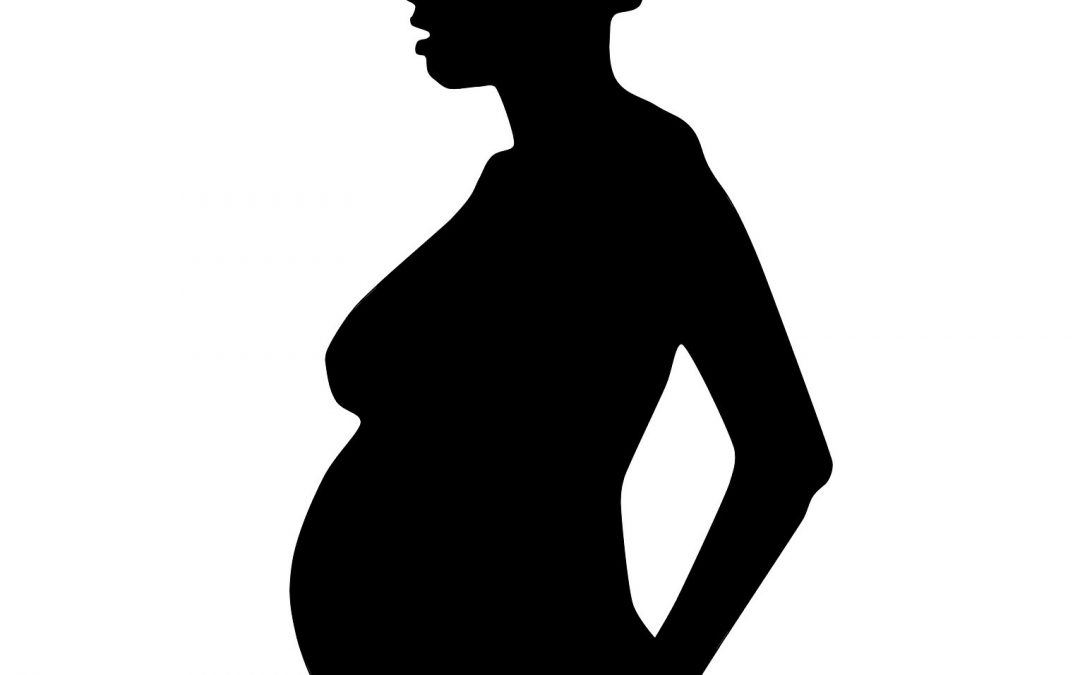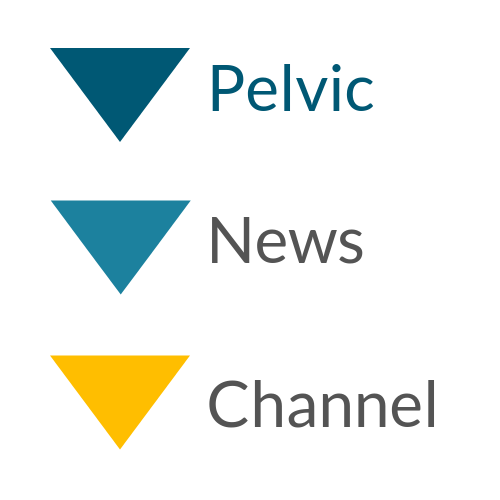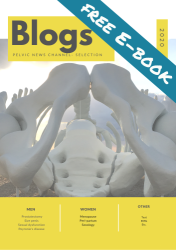Pelvic girdle pain is a common complaint in pregnancy. In my practise I frequently see women with pelvic girdle pain. These women often ask: what is the prognosis? So when I found the article that I will discuss today, I was really interested. Is there new information based on patient reported outcomes?
This study has the aim to:
- investigate the subjective recovery of pelvic girdle pain at 6 weeks post-partum
- see if there are risk factors for a poor recovery
Inclusion criteria:
- all pregnant women
- low-risk singleton pregnancy
Symptomatic women filled in questionnaires at;
- 18 and 30 weeks gestation
- 6 weeks post-partum
Questionnaires:
- Self-constructed questionnaire. Questions on for instance: comorbidities, workload, symptoms, location of symptoms and average pain of the previous trimester rated with the numeric rating scale.
- Every Sunday the women received a SMS (text message). The SMS contained the question: how many days during the past week was your pelvic pain bothersome. The women received one reminder after 24 hours if necessary.
Subgrouping
For the subgrouping of pain patterns the authors followed a thorough process until consensus was reached. Subgroups were established for before and after delivery. Before delivery women were grouped based on severity of pelvic girdle pain: severe, moderate, no or mild and missing data. After delivery the recovery was recorded as: substantial, poor (no or transitory, incomplete) and missing data. (Box 1 in original article)
Women with severe and moderate pelvic girdle pain were included in the statistical analysis.
RESULTS
In total 120 women were included in the study. Figure 1 shows the distribution of the self-reported severity of pelvic girdle pain in pregnancy.

Average response rate SMS:
10 weeks before delivery: 89%, after delivery 71% in week 1 dropping to 43% in week 6.
Results are based on 76 of the 94 (81%) women with severe to moderate pelvic girdle pain.
After delivery (6 weeks post-partum):
Substantial recovery: 63/76 (83%) of which 44% reported reported 0 days of bothersome pelvic girdle pain within 2 weeks post-partum.
(substantial recovery = 0-2 days of bothersome pelvic girdle pain per week)
Differences between groups (significant)
substantial recovery (n=63) versus no, transitory, or incomplete recovery (n=13))
- Primiparous (p=0.042) women reported more substantial recovery
- Women who had pelvic girdle pain in the year before pregnancy reported a poorer recovery (p= 0.047).
- Women with no, transitory, or incomplete recovery reported higher pain intensity (SMS) in pregnancy (p= 0.026).
Unfortunately the response rate dropped quite a lot post-partum. So we should keep this in mind when looking at the results.
However, a sensitivity analysis was performed with the following outcome:
- If all missing data were added to the substantial recovery group. Than 86% substantial recovery (95% CI, 78-92).
- If all missing data were added to the no, transitory, or incomplete recovery group. Than 67% substantial recovery(95% CI, 57-76).
My personal opinion:
This study has asked the participants about the bothersomeness of pelvic girdle pain. This is not common practice. Often participants are asked about the level of experienced pain. But experienced pain and bothersomeness are different constructs. I will give you an example: some women who score a 3 on the numeric rating scale (0=no pain and 10=extreme pain) experience this as no bother and some would experience this as bothersome. Therefor I think that asking about the level of bothersomeness is very important in research.
The fact that this research is using bothersomeness as an outcome measure is one of the reasons why I want to discuss it. Unfortunatelly they didn’t perform a power calculation.
This study has confirmed some things that we already know, but also shows that 17% of women who reported severe or moderate pelvic girdle pain during pregnancy recover poorly. These women had a higher pain intensity during pregnancy but were also more at risk if they were multiparous or had pelvic girdle pain in the year before the pregnancy.
A lot of my pregnant patients with pelvic girdle pain in pregnancy ask me about their prognosis after delivery. Besides the prognosis I always discuss help-seeking post-partum. This research will help me answering their questions and discussing prognosis.
Reference:
Gausel AM, Malmqvist S, Andersen K, Kjærmann I, Larsen JP, Dalen I, Økland I. Subjective recovery from pregnancy-related pelvic girdle pain the first 6 weeks after delivery: a prospective longitudinal cohort study. Eur Spine J. 2020 Jan 16. doi: 10.1007/s00586-020-06288-9. [Epub ahead of print] (open access)









Recent Comments